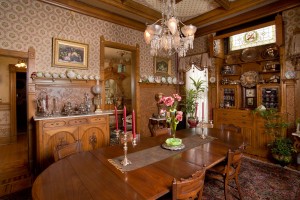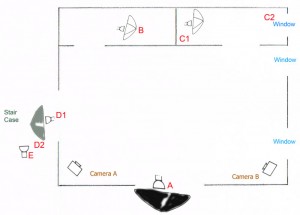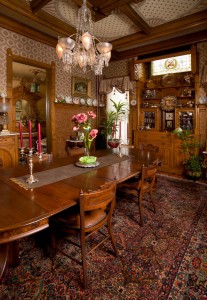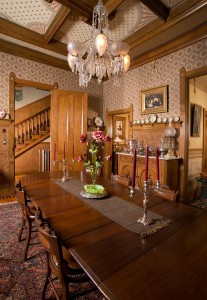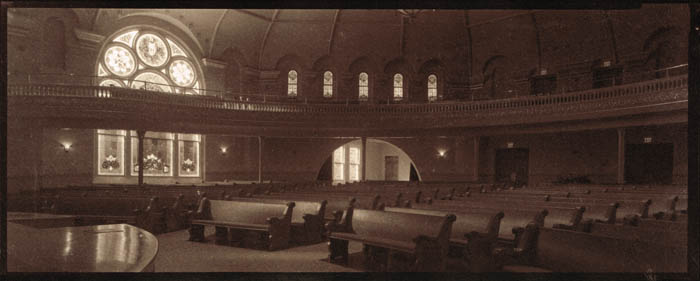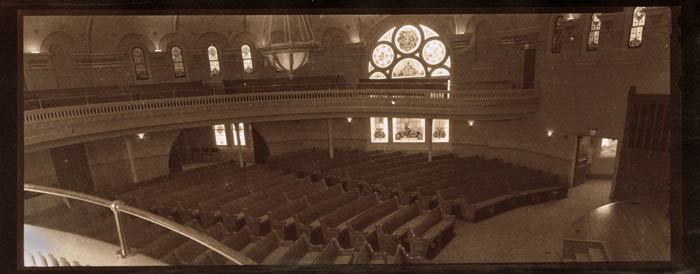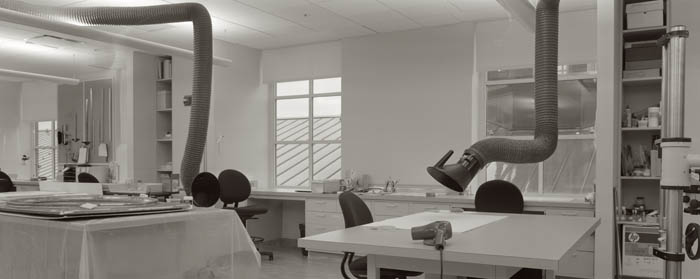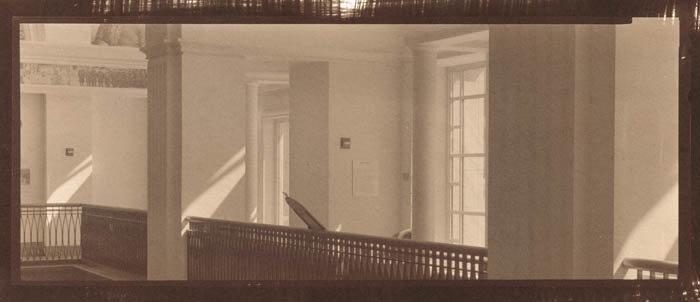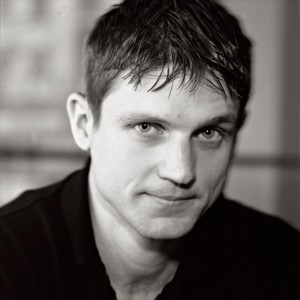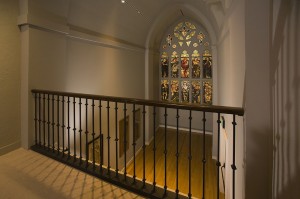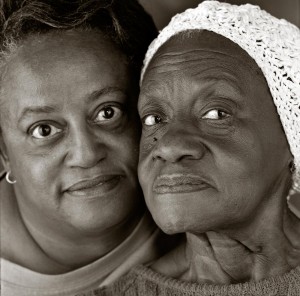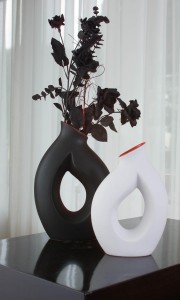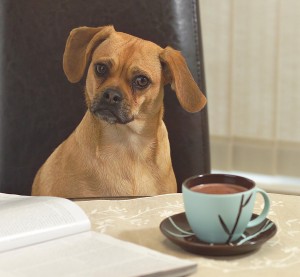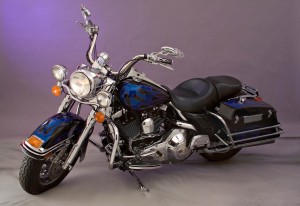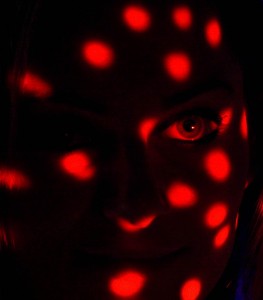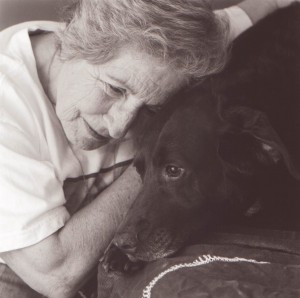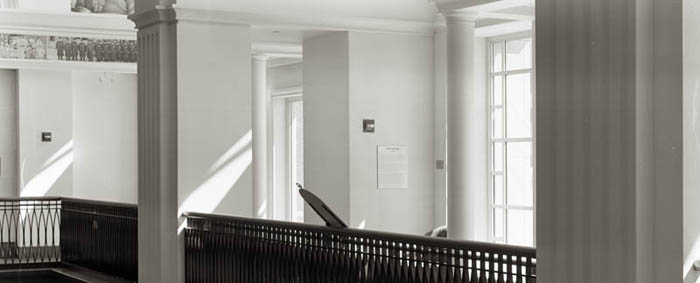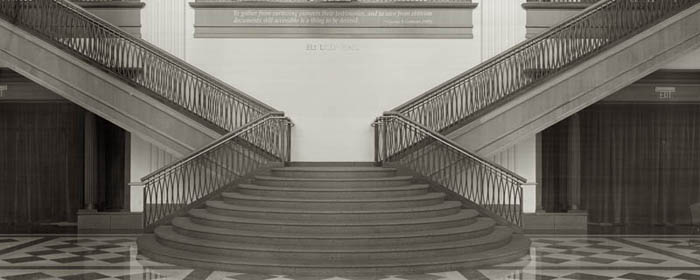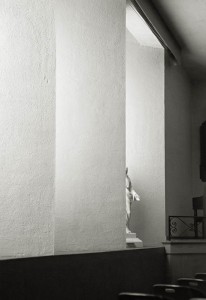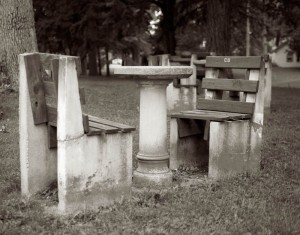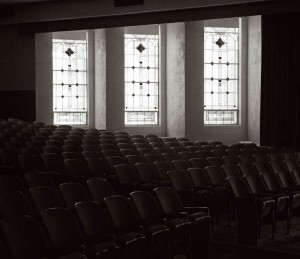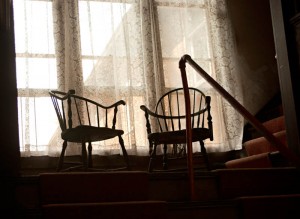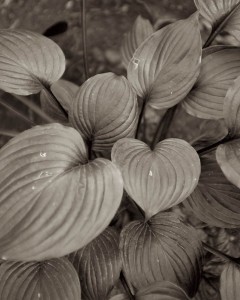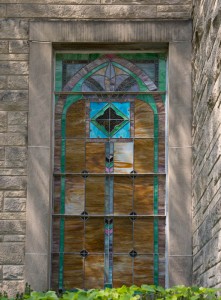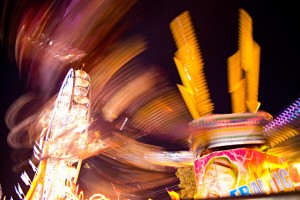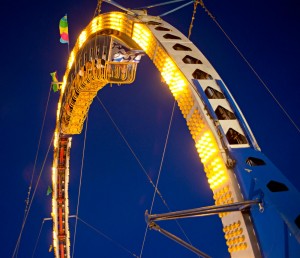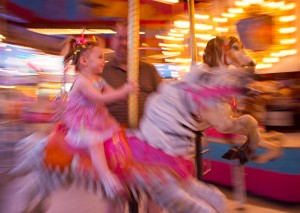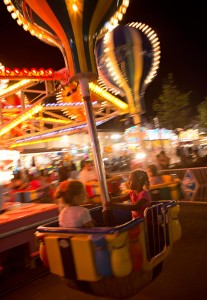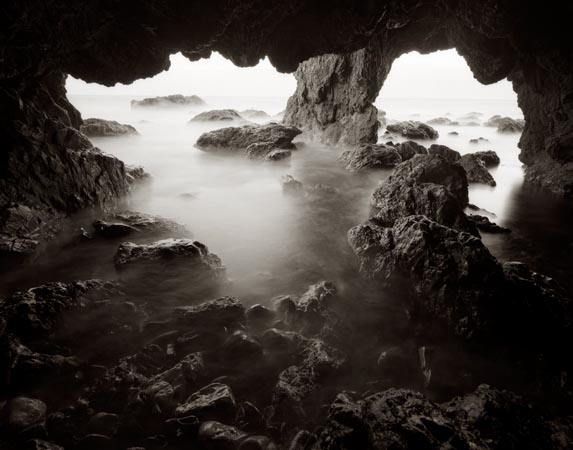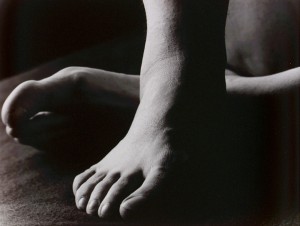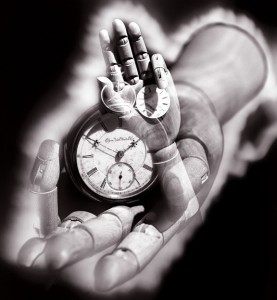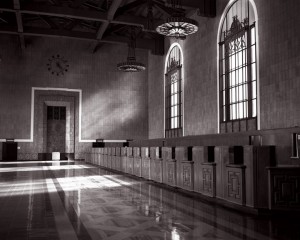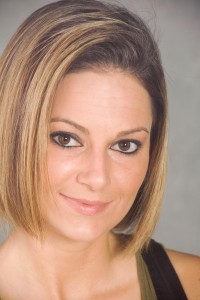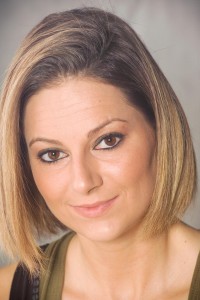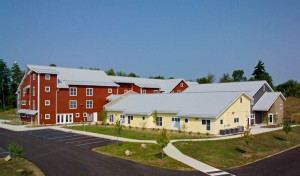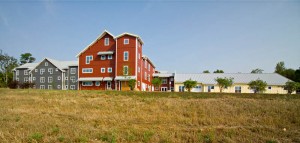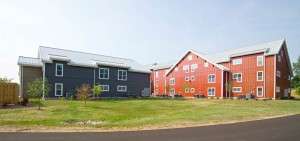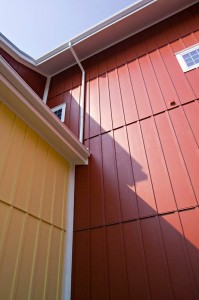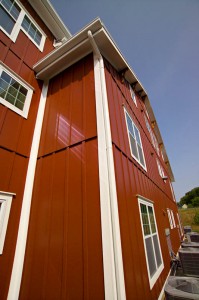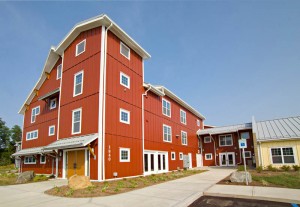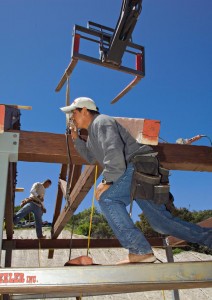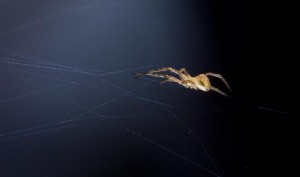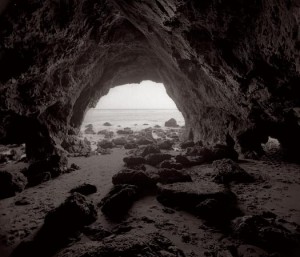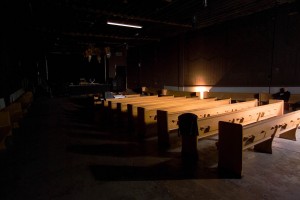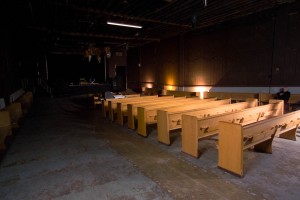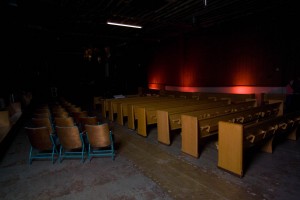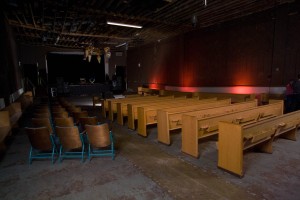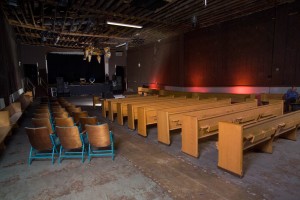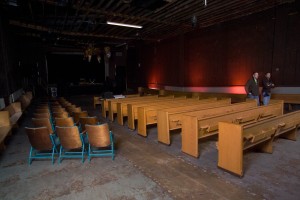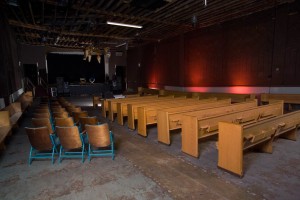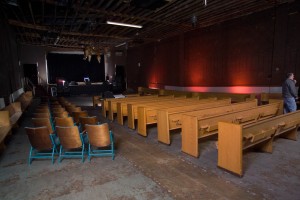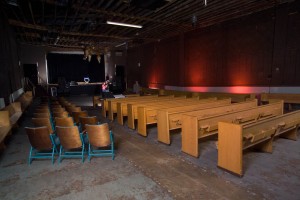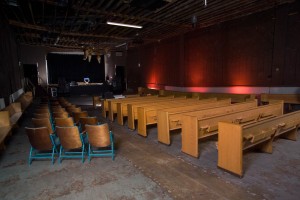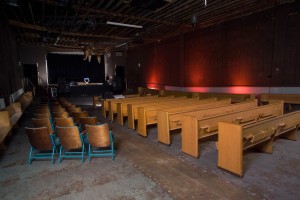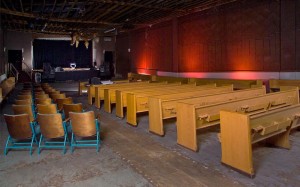I hope you’ll check out my books: Photographing Architecture and Understanding and Controlling Strobe Lighting
. I hope you’ll get copies if you haven’t already. Of course you know that one reason for this blog is to sell the book and get you to consider one of my classes at BetterPhoto.com: An Introduction to Photographic Lighting, Portrait Lighting on Location and in the Studio, Getting Started in Commercial Photography
I am involved with Candlelight Home Tour in the Old North Side of Indianapolis. The tour will happen on Halloween this year. I’ll add more information about the tour in later entries. I am also doing this with a few people from the Indy MU Photo Club. So I have a small audience for these shoots. The plan is that I’ll shoot one room, with my lights, and they’ll shoot the rest of the house. Yesterday was the first shoot, and it went very well, although more time would have been welcome, especially for the people from the club.
I started by looking around the house, and I settled on the dining room, because of the look of the room, and also because of the complexity. I was particularly interested in shooting into the two connecting rooms and the windows at the same time. The second camera angle was interesting because of the way the staircase was framed in the door. It was easier to shoot, first because the lights were set up and because there weren’t any windows.
You can see the position of the lights in this diagram, of course everything isn’t exactly to scale. The A light is a Calumet 750 Travelite set at 1/4 power. It creates the overall light of the shot, and is positioned near the camera so that the shadows are less visible from the camera. I bounced the light off a 60-inch umbrella, with a black back, to create soft shadows. Of course there is a lot of information about placing lights in my book: Photographing Architecture: Lighting, Composition, Postproduction and Marketing Techniques The B light is a Norman 200B modified with a 30-inch shoot through umbrella. I normally don’t use umbrellas in this way, but here I’m trying to add light quickly to a small ancillary room, and this is a quick way to do it. I used a 1/4 CTO filter over the light because I wanted the two rooms on the side of the shot to have different colors of light. Rosco makes these filters that enable you to modify single lights in a shot. Of course you can modify all the lights in a shot in the camera and in post-production. Light C is also a Norman 200B with a 30-inch shoot through umbrella, but it doesn’t have the 1/4 CTO filter so the color is cooler. This fits because there is a window this room. The light moved from the first position, which is shown to the other side of the room to keep the reflection of the light out of the mirror. In the first shot I placed the D light to open up the left half of the room. I used another Norman 200 B and a silver umbrella. The silver umbrella is a little brighter than the white satin umbrellas I use most of the time, but the light is a little harder. In this case the extra brightness helped. I also used a 1/8 CTO filter to add just a little warmth to the edge of the room. When I made the second shot I pulled this light back just a little and changed its direction so it lit the hall rather than the room, position D2. This wasn’t quite enough to create separation on the staircase so I added a Sunpak 120J light at about 1/4 power. I used the standard bowl reflector on this light, so it was hard light, and pretty bright. I like the sparkle it added to the staircase. I just got a couple of the Sunpak 120J units, they are similar to an older Quantum strobe, but use high voltage batteries I already had. I use a lot of older equipment mostly because I started buying strobes a long time ago. I spend a lot of time helping the students in one of my BetterPhoto classes identify the type of equipment that will work best for them. The exposure was f11 at 1/15 and ISO 200. The exposure needed to be long for the windows and the lighting.
I looked at the shots in Adobe Bridge, and of course it was easy to choose the shots I wanted to work on. When I do architectural shooting the last shots are usually the ones I want to use. Next I opened the horizontal version of shot 1 in Adobe Raw. I reduced the blacks to 3, and I moved the fill light to 12. The exposure was a little dark, so I increased the exposure using the exposure slide. Then, since the right wall was too dark, I opened two separate versions of the file. The second version was much brighter than the first, almost a stop. I mixed the two versions of the shot using layers in Photoshop. I also did a little sharpening and use the dodging and burning tools here and there. The result is at the top of the shot, and I think it worked really well. Oh, I also adjusted the perspective just a little to get the verticals right.
This version was handled the same way, except that I used a little vibrance and saturation to make the carpet a little more colorful.
On this shot I increased the exposure a little and added just a little fill light. I only needed one version of this shot, so it was quick to process. I didn’t have as much time to do this shot, so I’m quite pleased at how well it turned out. About the only thing I had to do in Photoshop was use the burn tool to darken a couple of highlights.


